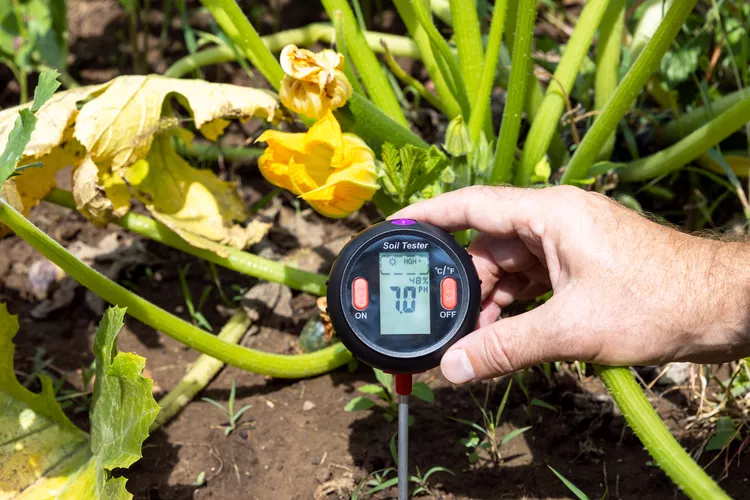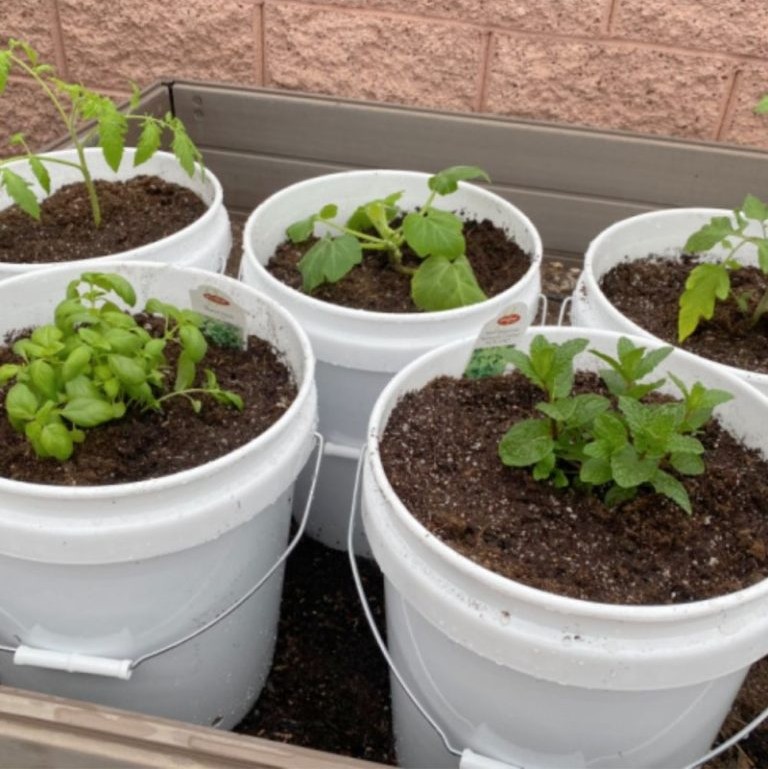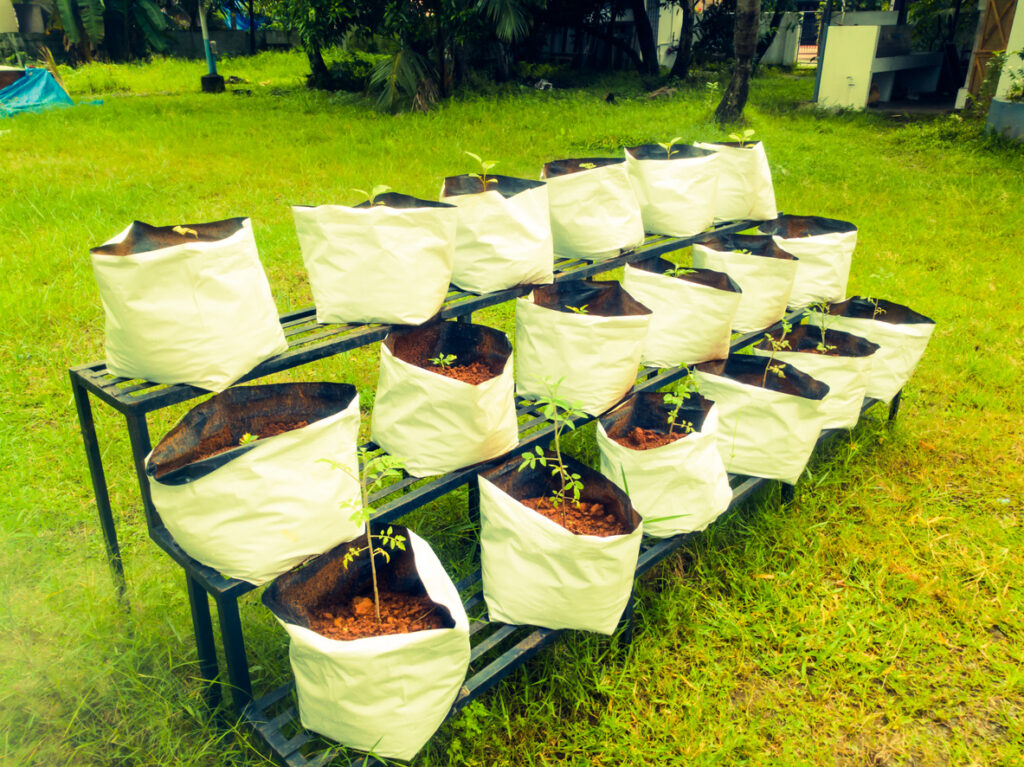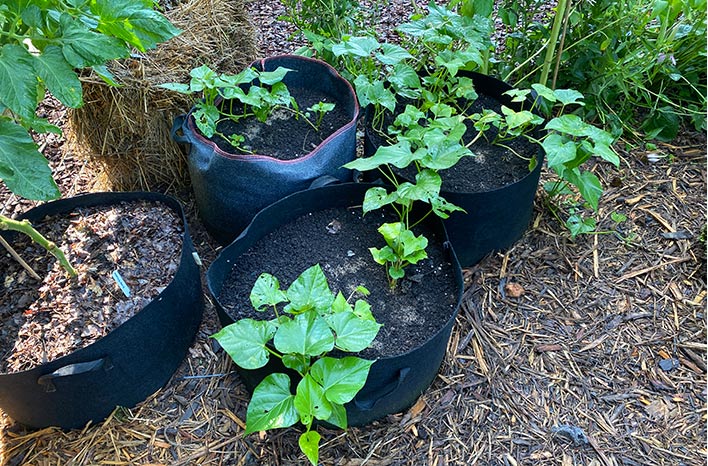Curriculum
very small scale, practical, benefical in daily life
SECTION A: CROPS
CHAPTER
- Agriculture, branches and benefits
- Crop Production: challenges and types
- Soil and soil types, pH, EC, composting and manure, nutrient management
- Seed selection and planting techniques
- Farming Methods: Crop rotation, Hydroponics, Aquaponics, Vertical Farming, Urban agriculture, Biodynamic agriculture
- Crop Growth and Development: Growth stages, growth factors
- Pest and Disease Control
- Weed Control and Farm Maintenance
- Harvesting, Storage and Preservation Methods
- Business and Marketing of Crops
SECTION B: LIVESTOCK
11. Livestock farming basics and choosing the right small budget livestock to farm
12. Animal Shelter: DIY Shed, Coop, and Cages
13. Cheap Livestock Feeding: Kitchen scraps, grass, seasonal feeding and low water usage
14. Animal Health: good sanitation, common diseases, low-cost vaccination and prevention
15. Budget-Friendly Breeding and Raising Animals
16. Waste Management: manure, composting and recycling
17. Selling Farm products for business: eggs, meat, fish and feed
NOTES
CHAPTER 1 (1 min)
Agriculture, Branches and Benefits
Agriculture, the science and practice of cultivating land to grow crops and raise livestock, is vital for food production, economic growth, and societal development. It provides sustenance, raw materials, and employment, underpinning the livelihoods of many and contributing to global food security. So small-scale agriculture, often characterized by family farms, involves cultivating smaller areas of land (typically less than 2 hectares) and using more labor-intensive methods, often with a focus on local consumption and sustainable practices (Read more from Science Direct). However, we will be focusing on extremely small-scale agriculture, which is about 20 sq meter or less.
CHAPTER 2 (5 min)
Crop production refers to cultivating plants for food, fiber, fuel, and other uses. It involves soil preparation, planting, nurturing, harvesting, and storing crops to ensure maximum yield. Farmers use various techniques depending on climate, soil type, and available resources.
There are several types of crop production but our scope is limited to only one type which is subsistence farming. This method uses traditional or modern method to produce crops for personal or family consumption. Excess crops produced can be sold out (more on that in chapter 10). Some challenges faced in extremely small-scale crop production includes climate changes, pests and poor storage.
CHAPTER 3 (5 min)
SOIL

There are 6 types of soil in Africa namely:
Soil and Soil Types
Soil composition plays a crucial role in determining which plants can thrive in a particular environment. Each soil type has different properties that affect water retention, nutrient availability, and aeration. Below is an overview of the composition of six common soil types and the best plants for each.
1. Sandy Soil
Composition:
- Made up of large, coarse particles.
- Drains quickly and doesn’t retain much water or nutrients.
- Light and easy to work with but requires frequent watering and fertilization.
Best Plants for Sandy Soil:
- Vegetables: Carrots, radishes, potatoes, and lettuce.
- Herbs: Rosemary, lavender, and thyme.
- Flowers: Tulips, hibiscus, and sunflowers.
- Fruits: Watermelon, strawberries, and grapes.
2. Chalky Soil
Composition:
- Contains a high amount of calcium carbonate and alkaline minerals.
- Drains well but can be stony and dry in summer.
- Prone to nutrient deficiencies, particularly iron and manganese.
Best Plants for Chalky Soil:
- Vegetables: Spinach, beets, cabbage, and sweet corn.
- Herbs: Sage, fennel, and oregano.
- Flowers: Lilac, poppies, and lavender.
- Fruits: Apples, cherries, and plums.
3. Clay Soil
Composition:
- Contains tiny, tightly packed particles that hold water and nutrients well.
- Slow drainage, making it prone to waterlogging in wet conditions.
- Becomes hard and compacted when dry, requiring aeration and organic matter.
Best Plants for Clay Soil:
- Vegetables: Broccoli, cabbage, beans, and pumpkins.
- Herbs: Mint, chives, and parsley.
- Flowers: Asters, daylilies, and black-eyed Susans.
- Fruits: Pears, plums, and currants.
4. Silty Soil
Composition:
- Contains fine particles and retains moisture well.
- Fertile and easy to work with but may become compacted if walked on when wet.
- Benefits from organic matter to improve drainage.
Best Plants for Silty Soil:
- Vegetables: Tomatoes, cucumbers, onions, and peppers.
- Herbs: Basil, coriander, and dill.
- Flowers: Irises, roses, and peonies.
- Fruits: Raspberries, blueberries, and melons.
5. Peat Soil
Composition:
- High in organic matter and retains a lot of moisture.
- Naturally acidic, which can limit the availability of certain nutrients.
- Often used in gardening mixes but may require soil amendments to support plant growth.
Best Plants for Peat Soil:
- Vegetables: Carrots, radishes, and beans.
- Herbs: Chamomile, thyme, and mint.
- Flowers: Azaleas, rhododendrons, and camellias.
- Fruits: Cranberries, blueberries, and strawberries.
6. Loamy Soil (Ideal Soil for Gardening)
Composition:
- A balanced mix of sand, silt, and clay.
- Holds nutrients well while allowing for proper drainage.
- Easy to cultivate and suitable for a wide variety of plants.
Best Plants for Loamy Soil:
- Vegetables: Almost all vegetables, including carrots, tomatoes, and lettuce.
- Herbs: Most herbs, including basil, thyme, and rosemary.
- Flowers: Roses, daisies, and marigolds.
- Fruits: Apples, pears, and cherries.
If your soil is not naturally suited for the plants you want to grow, you can improve it by adding organic matter, compost, or soil amendments. Matching plants to the right soil conditions will result in healthier, more productive gardens.
Soil pH- A pH meter is used to measure the acidity or alkalinity of the soil. When pH is high/acidic (less than 7 ) or low/alkaline (greater than 7), this conditions can affect the plant growth negatively. Generally most plants thrive in the 6-7 pH range however this varies with the type of plant. EC is electrical conductivity of the soil which can affect plant growth ibut howver we shall limit our topic to pH. See below
Acidic Soil:
- Reduced Nutrient Availability:Acidic soil (pH below 7) can make essential nutrients like calcium, phosphorus, and magnesium less available to plants.
- Increased Toxicity:In highly acidic conditions, elements like aluminum and manganese can become more soluble and toxic to plants.
- Root Growth Issues:Acidic soil can restrict root growth, making it harder for plants to absorb water and nutrients.
- Signs of Acidic Soil:Yellowing, browning, and dying leaves, twisting and curling leaves, and stunted growth are common signs.
Alkaline Soil:
- Reduced Nutrient Availability:Alkaline soil (pH above 7) can make phosphorus and micronutrients (like iron, zinc, and copper) less available to plants.
- Root Damage:Alkaline conditions can restrict water uptake and root development.
- Signs of Alkaline Soil:Yellowing of leaves (chlorosis), stunted growth, and purple stems are common signs.
- Ion Toxicity:Alkaline stress can lead to ion toxicity and oxidative stress, further damaging plants.
- Calcium Carbonate Content:Alkaline soil often contains high amounts of calcium carbonate, which can prevent plants from absorbing other essential nutrients.


EC-Another factor that can affect plant growth in the soil is EC or electrical conductivity. If EC is too low or high, it can lead to nutrient toxicity, salt burn, and reduced nutrient uptake, ultimately causing stunted growth, leaf damage, and even plant death. To increase EC, adding organic matter, such as manure and compost, improves the water-holding capacity of the soil. In some cases a combination of irrigation and drainage is necessary to lower salt concentration and EC. Please not that you do not have to pay so much attention on EC as adding compost or manure can help balance the soil environment.
WATCH VIDEOS
MORE READING: Types of Soil,
Compost and manure- Compost is decomposed organic matter made from plant-based materials such as orange, pineapple, and banana peels, leaves, grass clippings, and food waste. It is rich in nutrients and improves soil structure, water retention, and microbial activity. Composting involves natural decomposition by bacteria, fungi, and other microorganisms, breaking down materials into a dark, crumbly, and soil-like substance. While manure is animal waste, often mixed with bedding materials like straw or hay. It contains high amounts of nitrogen, phosphorus, and potassium, making it a valuable fertilizer. Depending on the animal source (e.g., cow, horse, chicken), the nutrient content varies. Manure improves soil fertility but needs to be aged or composted before use to prevent burning plants due to excess ammonia and pathogens. Compost and manure are sometimes called fertilizers.
Nutrient Management-This is using various methods like compost or manure to improve the health of the soil. Adding routinely or on a scheduled format manures or compost to the soil. Also rotation of plants can maximize nutrient use on the soil. Rotation simply means planting different species of plants in the same soilat different times as different plant consume different nutrients more in the soil.



New, cheap and small ways of planting
Using fig 1 as an example, different plants can be planted, ay tomatoes, in the bucket till harvest. And then a different plant, say onion or okra, can then be planted next . When you repeat this with 2 or more buckets and with different plants, the soil is then properly managed with also the help of compost or manure. More on rotation in chapter 4.
CHAPTER 4
Seed selection and planting techniques
Seed Selection and Planting Techniques
Selecting the right seeds is the foundation of a successful harvest. When choosing seeds, consider factors such as climate, soil type, and resistance to pests and diseases. Opt for high-quality seeds from reputable sources, ensuring they have a high germination rate. Additionally, heirloom and hybrid seeds offer different benefits—heirloom varieties provide genetic diversity and rich flavors, while hybrids often offer disease resistance and higher yields.
Successful gardening begins with the right planting techniques, ensuring healthy plant growth and maximum yield. One essential method is proper soil preparation, which involves loosening the soil, removing weeds, and enriching it with compost or organic matter. Well-drained and nutrient-rich soil provides a strong foundation for plant roots to establish and grow efficiently. Additionally, understanding the right planting depth for each crop is crucial, as planting too deep can restrict sprouting, while shallow planting may leave roots exposed to environmental stress.
Another important technique is spacing and arrangement to promote healthy growth. Overcrowding plants can lead to competition for nutrients, water, and sunlight, ultimately stunting growth. Using techniques such as companion planting—where compatible plants are grown together—can enhance soil fertility, deter pests, and improve overall yield. Additionally, adopting raised beds or container gardening can optimize space and improve drainage, making it an excellent choice for urban and small-scale gardeners. Also another technique is crop rotation. This method is essential for maintaining soil health, preventing nutrient depletion, and reducing the spread of pests and diseases. By rotating different plant families, farmers and gardeners can naturally improve soil fertility and increase overall yields.
One of the main benefits of crop rotation is its ability to balance soil nutrients. Different crops have varying nutrient requirements; for example, legumes like beans and peas fix nitrogen in the soil, enriching it for the next crop. In contrast, heavy feeders like corn or tomatoes deplete specific nutrients. By rotating crops with different nutrient demands, farmers ensure that the soil remains fertile without excessive use of chemical fertilizers
Lastly, consistent watering and mulching help maintain soil moisture and reduce the growth of weeds. Watering techniques like drip irrigation and soaker hoses deliver water directly to the roots, minimizing waste and preventing fungal diseases. Mulching with organic materials, such as straw or wood chips, retains moisture and regulates soil temperature. By combining these planting techniques, gardeners can create a sustainable and thriving growing environment for their plants.
CHAPTER 5 Farming Methods
Crop rotation, Hydroponics, Aquaponics, Vertical Farming, Urban agriculture, Biodynamic agriculture
Crop Rotation-
Hydroponics-
Aeroponics-
Aquaponics
Biodynamic Farming
CHAPTER 6
Crop Growth and Development: Growth stages, growth factors
CHAPTER 7
Pest and Disease Control


